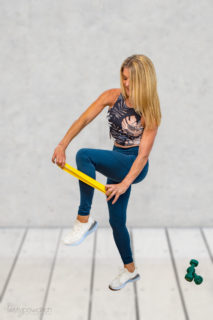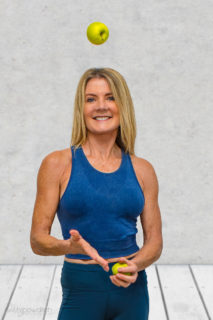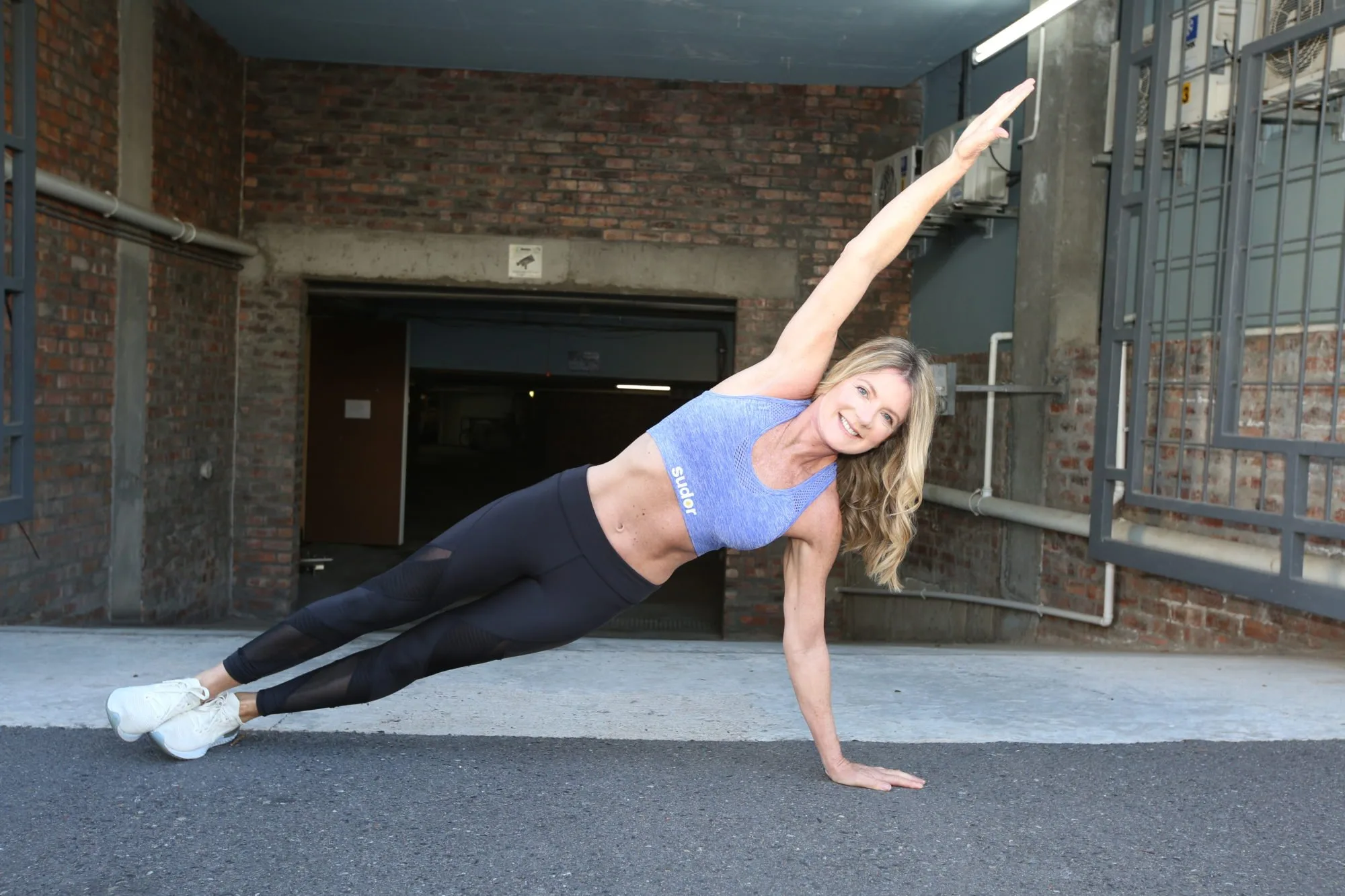We were designed to run
Sitting at a desk while hunched over a computer can cause a plethora of imbalances and continual pain from hunched shoulders and a curved thoracic spine (kyphosis), to shortened hamstrings and hip flexors.
“If we look at our ancestors, this is not how we’re meant to be.”
“Humans were designed to run, jump, leap, reach upwards, backwards, bend down quickly, twist etc. Yet nowadays so many of us sit at a desk hunched over a computer, stand up from our desks and walk forwards. Meaning our bodies are in a constant state of flexion with very little extension. This is one of the most profound ways in which aging presents itself.”
Understanding Joint Mobility
A joint is a connection between two bones. Joints and their surrounding structures allow you to bend your elbows and knees, wiggle your hips, bend your back, turn your head and freely move your fingers. Cartilage, synovium, and a lubricant called synovial fluid cushion the joints so bones do not rub together. As we age, injury, or carrying too much weight can wear and tear your cartilage and this can damage your joints and even lead to arthritis.

How to take care of your joints
- Losing weight reduces pressure on your knees, hips, and back and helps prevent joint injury. According to research, with every pound gained, a person puts four times more stress on their knees!!
- Strong muscles support your joints, and weight-bearing exercise helps build muscle and keeps it and surrounding ligaments strong. That includes having a strong core (chest, back, and abdominals) which will prevent your joints from having to do all the work.
- Good posture is extremely important for healthy joints. Standing and sitting up straight will protect your joints from your neck to your knees.
- A healthy diet helps build strong bones and muscles too. Ensure you get enough calcium daily by eating broccoli, kale, milk, yogurt, figs, or taking a calcium supplement. Equally important is to eat enough good quality protein – lean meat and fish, legumes, beans, and nuts. Variety is key.
- Ensure you include plenty of Vitamin D to keep bones and joints in good health.
Good joint mobility trumps flexibility
Personally, I’ve always been strong, fit, and fairly flexible. There was, however, something lacking in my fitness regime! Joint mobility. Since I started regularly practicing joint mobility, my body is free of aches and recurring injuries. For the life of me, I could not understand the persisting injury in my left hip. I now understand it was a lack of joint mobility.
Improve your range of motion
A flexible person may not have the balance, core strength, or neuromuscular coordination to perform movements that a person with great mobility can. With this in mind, it’s better to be inflexible with good mobility, than flexible with poor mobility. Having lean muscles on you is all well and good. However, without adequate stretching and mobility work, the tissue will shorten. Then the ability to move the respective joints through its range of motion under control will be compromised.

So what can we do?
For a remarkable impact on your well-being, I would suggest introducing a simple joint mobility routine. This will act as general maintenance for your body and keep those joints well oiled; just as a car needs oiling.
Joint mobilization is designed to relieve pain and muscle spasms. It will also release tension and improve range of motion and flexibility in the joint. By regularly practicing joint mobility exercises you will be stimulating and circulating synovial fluid within the capsule, and actually “washing” the joint! In addition, you’ll be lubricating the moving parts and removing unwanted waste products. You’ll be totally revitalizing your joints and preventing injury.
4 minutes a day
It literally takes no more than four minutes a day to move your joints through their full range of motion in a controlled manner. These exercises should be incorporated into your exercise regime every day. Do it on your own, or as part of a warm-up. Or even better, start your day with a joint mobility routine.
If you would like to follow Jenni’s mobility routine, you can find it on the www.sudor.fit app. You can read more of Jenni’s personal blogs at www.jennirivett.com
Jenni’s Live Demonstration and Interview on LongevityLive
Jenni Rivett spoke to Longevity Live about what it was like to train Princess Diana and why she auctioned some of her special memorabilia. She also explained how she stays in great shape and demonstrated some essential exercises anyone can do from home.
Watch the video by clicking here:
Who is Jenni Rivett?

Jenni Rivett is an international fitness and nutrition consultant. Author, fitness journalist, and creator of four DVDs. Through my passion, I was once voted Britain’s top fitness trainer by the ‘Best of British’ publications.
The highlight of my career was having the honor of working for Princess Diana for seven years. Other high profile clients included Jeffrey Archer, Elizabeth Hurley, Shakira Caine, and Lorraine Kelly. She is currently developing the “My Body by Rivett” programme.
This phenomenal new exercise regime promises to produce incredible results in achieving a fit, firm, and beautifully toned body. Jenni is passionate about helping others achieve their personal best!


